Market Trends
Key Emerging Trends in the Electric Double layer Capacitor Market
The Electric Double Layer Capacitor (EDLC) market is experiencing several notable trends that are shaping its trajectory and influencing industry dynamics. One prominent trend is the increasing adoption of EDLCs in electric vehicles (EVs). As the automotive industry undergoes a significant shift towards electrification, EDLCs are gaining favor for their ability to rapidly charge and discharge, making them suitable for regenerative braking and quick energy storage in EVs. This trend aligns with the global push towards sustainable transportation and underscores the role of EDLCs in advancing the efficiency of electric mobility solutions.
The rise of renewable energy sources is another key trend impacting the EDLC market. With the growing emphasis on clean and sustainable energy, the demand for effective energy storage solutions has surged. EDLCs are well-suited for applications in renewable energy systems, enabling efficient energy capture and release. As solar and wind power installations increase globally, the integration of EDLCs into these systems is becoming a prevalent trend, contributing to the stability and reliability of renewable energy generation.
Miniaturization and increased energy density represent a significant trend in the EDLC market. As electronic devices become smaller and more sophisticated, there is a growing demand for compact and high-performance energy storage solutions. EDLCs, with their ability to offer high energy density in a relatively small footprint, are finding applications in various portable electronic devices such as wearables, smartphones, and IoT devices. This trend reflects the consumer preference for smaller, more efficient, and longer-lasting electronic gadgets.
The emergence of smart grids and microgrid systems is influencing the EDLC market. As the energy landscape transitions towards decentralized and resilient power distribution networks, the need for effective energy storage becomes paramount. EDLCs, with their fast response times and ability to handle frequent charge/discharge cycles, are well-suited for integration into smart grids and microgrids. This trend aligns with the broader goal of enhancing energy grid efficiency and reliability in the face of evolving energy consumption patterns.
Advancements in EDLC technology are driving the market towards hybrid capacitors. Hybrid capacitors combine the strengths of EDLCs and lithium-ion batteries, offering a balance between high energy density and high power density. This trend caters to applications that demand both quick bursts of power and the ability to store larger amounts of energy over longer periods. The development of hybrid capacitors showcases the industry's commitment to addressing diverse energy storage needs across various sectors.
A focus on eco-friendly and sustainable solutions is becoming increasingly pronounced in the EDLC market. As environmental concerns gain prominence, there is a growing demand for energy storage solutions that have a minimal ecological impact. EDLCs, being relatively eco-friendly compared to certain traditional batteries, align with this trend. Manufacturers and consumers alike are prioritizing sustainable energy storage options, contributing to the market's evolution towards more environmentally conscious practices.
The trend towards standardization and modularization is influencing the EDLC market's dynamics. Standardized EDLC modules allow for easier integration into different systems, simplifying the design and manufacturing processes. This trend enhances interoperability, facilitates mass production, and reduces overall costs. The move towards standardized modules is indicative of the industry's efforts to streamline production and increase the accessibility of EDLC technology across diverse applications.
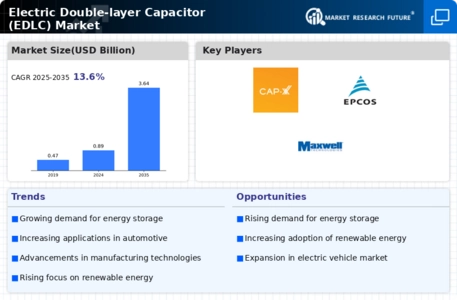
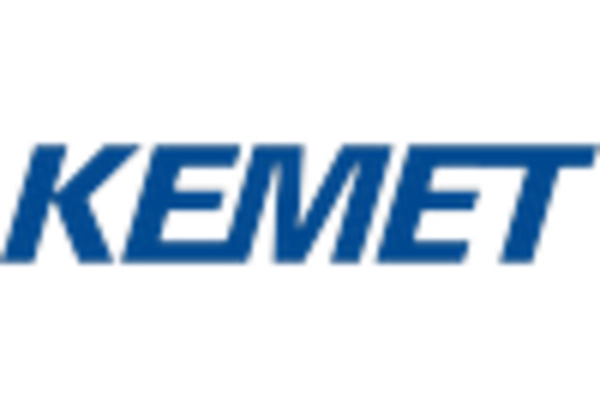
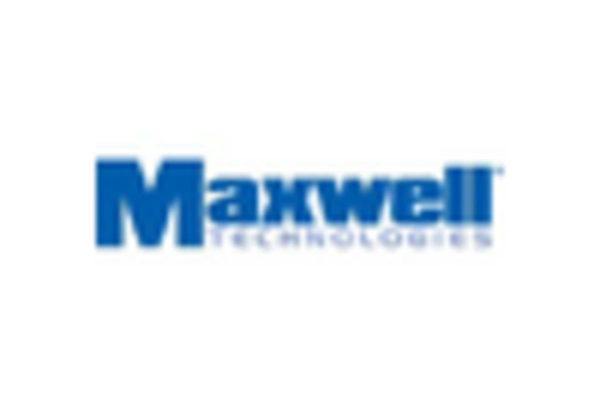
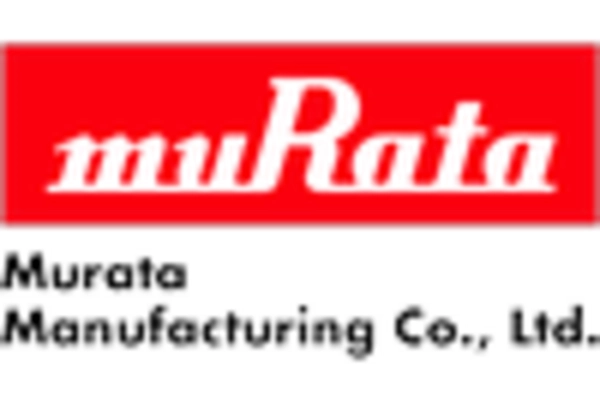
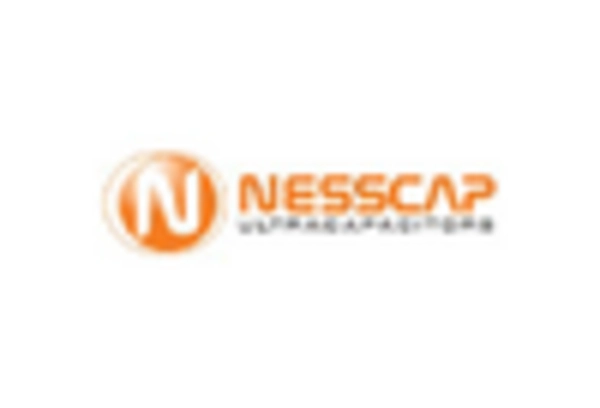
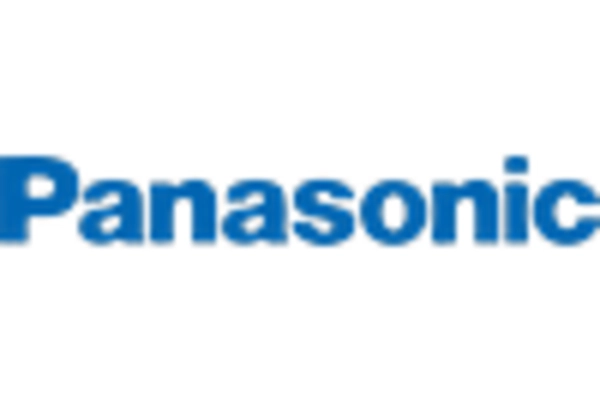
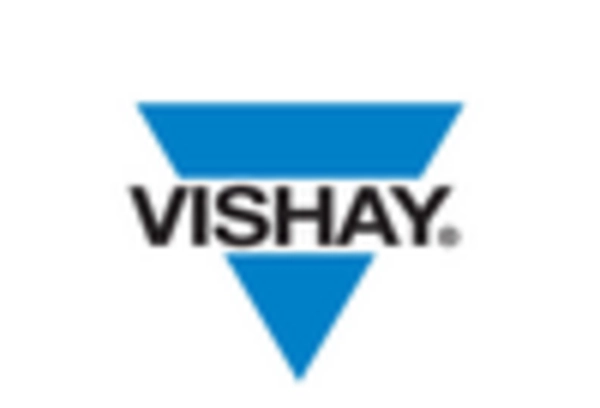









Leave a Comment